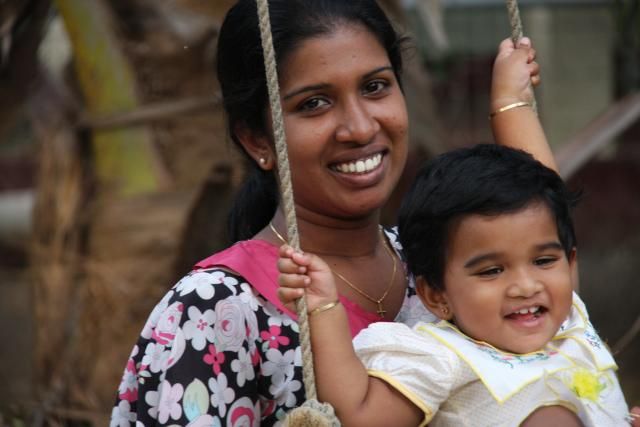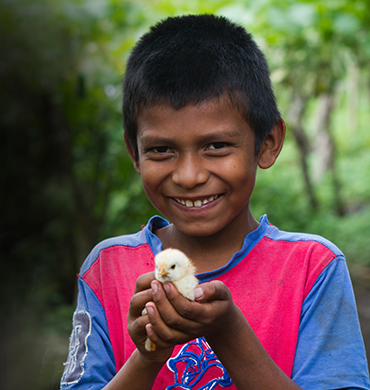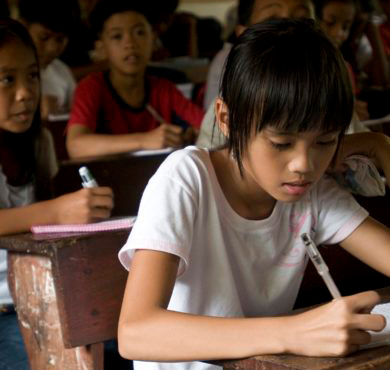The Foundation for Improved Disaster Response

“I don’t want to be a recipient of aid, but want to be treated with dignity so that I can stand on my own feet.”
This was a statement by Vasuki, an internally displaced person (IDP) from one of the resettlement areas in the northern part of Sri Lanka where the Church of Ceylon has been investing time, energy and resources in the aftermath of the civil war. It was the Church’s dedicated and profound experiences during the IDP crisis in mid-2009 that prompted its leadership to build a disaster response and preparedness program.
Over the past week representatives from our church partners, CASA, Episcopal Relief & Development, and other ecumenical agencies with whom the Church collaborates on disaster relief efforts have been meeting. The discussions were engaging, rewarding and formed a solid basis for the many steps ahead. These past few days were a beginning to a long process, during which the Church will attempt to analyze and evaluate previous responses to create a handbook of best practices; identify minimum standards in management, monitoring and reporting of responses; clarify roles and expectations; and define collaboration methodology – all within the unique realities of Sri Lanka’s complex context.
At the end of this three-year process, we anticipate having a toolkit that would enable the Church and its other local partners to assist those like Vasuki in facing, enduring and emerging from disasters with as little disruption to their lives and livelihoods.
I am encouraged by the level of participation thus far and am delighted that the Church is moving forward with this partnership.


